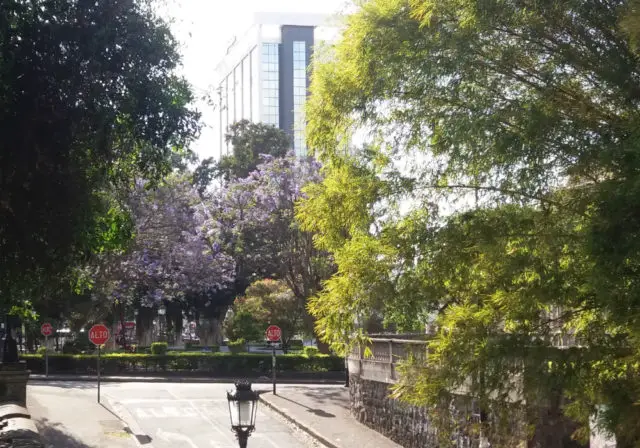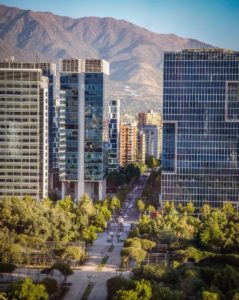Not long ago, San José was a wild city. Interwoven with the novelty of urban and natural green, the rich biodiversity is quickly being lost, experts warn.
“Biodiver-City” is an initiative that through the reforestation and protection of the biological corridors near the Greater Metropolitan Area (GAM) tries to counteract these, and in this same way, the effects that climate change is generating within this cities.

This is a project promoted by the Ministry of Environment and Energy of Costa Rica (MINAE) in partnership with the Federal Ministry of Environment, Nature Protection, and Nuclear Safety of the Federal Republic of Germany (BMU)
According to the National System of Conservation Areas of Costa Rica (SINAC), a biological corridor is “a continental, marine-coastal and insular territory whose primary purpose is to provide connectivity between protected wild areas, as well as between natural landscapes, ecosystems, and habitats or modified whether rural or urban”. The initiative started earlier this year and is expected to continue until 2021.
The importance of green areas in cities
According to MINAE vice minister, Pamela Castillo, it is necessary to assess that there is still space in the country where green and gray infrastructure can be combined. However, for the official, it is even more important to preserve these spaces and use them to counteract the strong effects of climate change.
“The preservation of green areas are very important in many ways to maintain better flows in the services it provides, such as reducing expenses in emergency management due to the extreme effects of the climate. For health, so that we have better air quality, greater water supply, and also for a topic of mental health and recreation spaces”, he explained.
In this sense, this initiative will be working with the municipalities of 7 cantons: Tibás, Goicoechea, Curridabat, Alajuelita, San José, Montes de Oca, and La Unión, who are close to the interurban biological corridors of Río Torres Biosphere Reserve and María Aguilar.
For his part, the director of the Biodiver-City project, Maike Potthast, said that it is necessary to apply this type of ideas in countries such as Costa Rica, and especially within the GAM, since all the benefits of the inclusion of the rich natural variety that already exists within the structural planning of cities.

“When we talk about the benefits that nature offers us, we talk about green spaces such as parks, tree-lined streets… that in addition to visual beauty, help to clean the air we breathe, provides shade, gives us a very pleasant microclimate, they capture carbon dioxide (CO2), which is one of the gases that generate negative effects on climate change, reduce flooding… they are too important”, said the specialist.
Participation of its population
For Castillo, it is important to encourage these initiatives not only within local governments and high institutions but from the “heart of the crisis”, that is, the same population. “We are all involved actors. The local councils will serve as platforms for the people who are involved in these biological corridors. Strengthening their information and consultation tools that can implement the municipal agreements that will be reached in each region”, he said.
The project director emphasized that the participation and active awareness of the entire population within this area is vital to combat this environmental problem. “The parks, biological corridors, protected areas, even the small gardens that we have in our house are valuable for the protection of our environment. This is not a problem only local but worldwide. More and more people live within urban cities, for, therefore, we have to worry about where we live, how we live, what our environmental quality will be where we live and will live”, Potthast emphasized.
The GAM is the largest urban agglomeration with the highest population density in Costa Rica. It houses more than half of the country’s total population. It has an area of 2,044 square kilometers and houses a population that exceeds 2.6 million.

